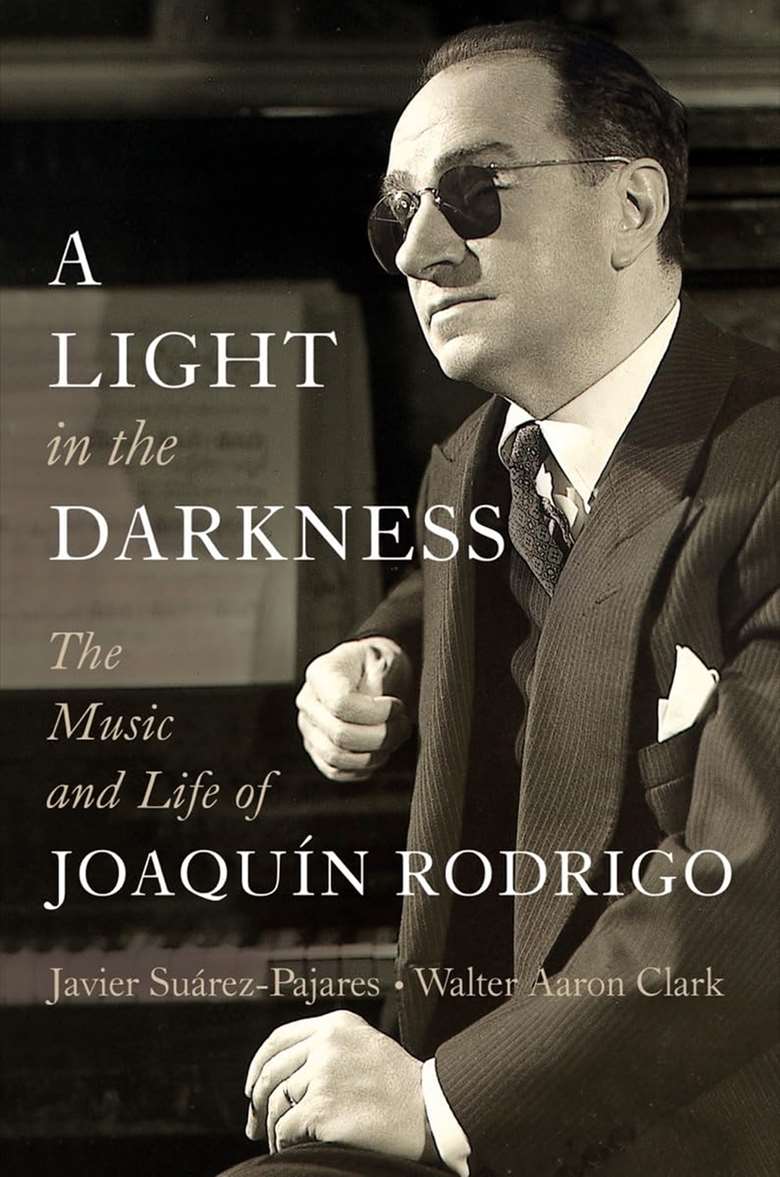Book review - A Light in the Darkness: The Life and Music of Joaquín Rodrigo (Javier Suárez-Pajares and Walter Aaron Clark)
Richard Whitehouse
Wednesday, October 2, 2024
A Light in the Darkness is a much-needed addition to the limited literature on this composer in English

Register now to continue reading
Thanks for exploring the Gramophone website. Sign up for a free account today to enjoy the following benefits:
- Free access to 3 subscriber-only articles per month
- Unlimited access to our news, podcasts and awards pages
- Free weekly email newsletter






